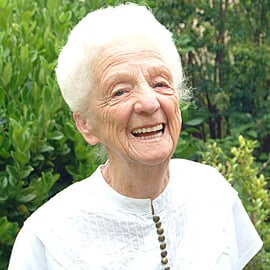15 months after joining ECH as CEO, David Panter is ready to forge a new value proposition for the retirement village sector while also shaping ECH to be a prominent competitor in home care under CDC.
He is in a unique position to achieve both.
First up ECH, being a community-based not-for-profit village and home care operator, is free from the traditional profit incentives to decide its goals.
Second, under its now-retired CEO, Rob Hankins, in 2014 they exited their ten aged care facilities generating a war chest of cash and a broad mandate to be ‘innovative’ in retirement living.
Third, they are already big in a smaller market – South Australia. They have 1,700 retirement units across 100 locations with 2,000 residents, most in cluster housing. They also have 712 home care packages delivered to 4,000 individual clients.
On top of this, they have established five Wellness Centres in high-traffic locations providing allied health services to between 8,000 and 9,000 clients. All up, they touch 15,000 South Australians.
Panter tells us the cornerstone of their mission is to provide a ‘good and respectful death’. His definition – passing away in your own home – which can be a retirement village home or a suburban home. ECH will support both, especially in retirement villages.
Why? Panter points out that Australia has one of the worst rates of dying at home in the world – just 10% of our people aged over 70. This compares with Scandinavia where 40 to 45% die at home and another 45% die in hospital, leaving around 10% dying in residential aged care.
In Australia, he quotes 50% die in hospital and 40% in residential aged care. They are passionate about changing this.
This is a substantial escalation of the ‘care support’ promise of retirement villages. It goes well beyond the concept of being ‘independent’. Can the sector follow – resource-wise and financially? (Aveo says it can where it has serviced apartments and is implementing its Freedom Plan).
ECH’s support will also allow a resident to stay in their village home longer. They will promote ‘self-determination’ rather than telling their clients what is good for them. In effect the resident can demand to stay in their ILU (‘independent’ living unit).
It already seems to be working. ECH’s statistics show that an ECH village resident will move to an aged care home at an age five years later than the general population – if at all. It’s a great marketing proposition!
Panter’s purchase this month of the car park opposite Westfield Tea Trees, out-bidding residential developers, for a five-storey retirement living mixed development that will be their showcase. It will have a big component of serviced apartments, complementing traditional ILUs. It will have an allied health wellness centre, medical rooms, cafes offering evening meals to village residents, large balconies and garden spaces at different levels.
Their in-home services are also being re-shaped to support the individual, right down to managing household bills. “We will be ready on 27 February when CDC goes live,” says Panter.
For ECH, being dependent is OK. This will be a challenge for most other village operators.






